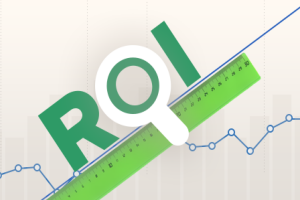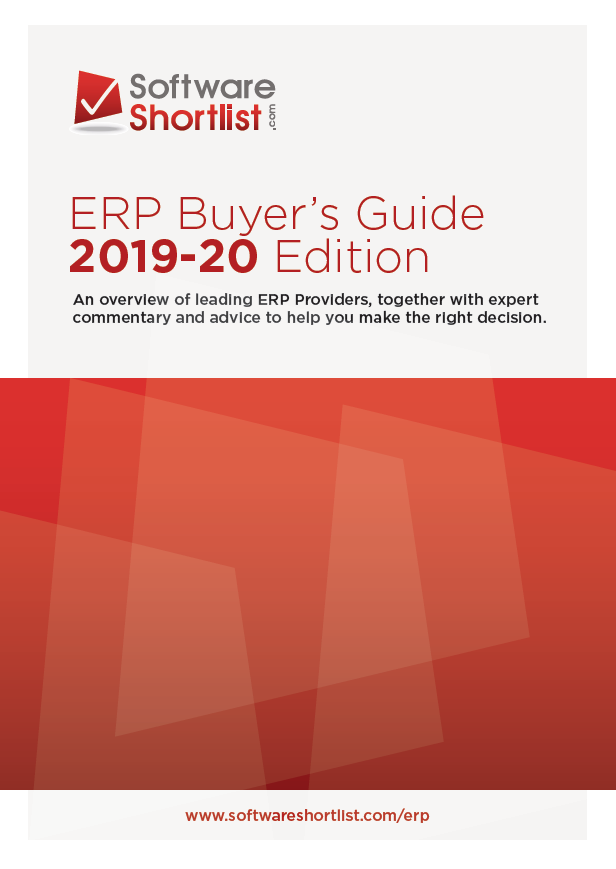The main reason ERP implementations fail to deliver adequate return on investment, writes UXC Oxygen’s CEO, is because they are categorised as software, rather than business improvement, projects…
 Your methods for allocating resources lie at the heart of your operations so it’s vital that your ERP system is viewed as an enabler of business processes that deliver strategic value.
Your methods for allocating resources lie at the heart of your operations so it’s vital that your ERP system is viewed as an enabler of business processes that deliver strategic value.
The most obvious and quantifiable benefits of an ERP implementation can still be difficult to explain to senior leaders and decision makers. If you’re looking to get a new ERP system off the ground or you’d like to showcase the benefits of an already established ERP system, here are some of the measurable benefits – as well as some steps in how to measure them:
Improved customer experience and service
Today, more than ever, your customers and their complete experience with your business should be the focus of all of your business activities in order to stay competitive. This means you can’t rely solely on having a great product while ignoring the experience your customer has in finding, buying and receiving it. Your customers now have more choices available than ever, so it is essential to provide them with what they want, when they want it. That depends on high levels of customer service built in to item discovery, ordering (omnichannel commerce) billing, shipping, repairs and returns.
By tracking measures such as online experience, line item fill rates, order fill rates, on-time deliveries and invoice accuracy, you gain a clearer picture of customer experience and service performance. You’ll also be able to compare these measures to historical results in order to identify trends and potential problems in your customer service experience before they happen.
Improved inventory management
This is perhaps the most obvious benefit of ERP systems but it isn’t always measured and reported as well as it could be. Improving the tracking and accounting of inventory movements is a key function of ERP systems but it’s the inventory planning capabilities of ERP systems that provide the greatest benefit.
For any business, having the right inventory in the right location to meet customer or production demand is the bare minimum ticket to the game. Any business can avoid stockouts by having excess inventory available, but this excess requires space and ties up capital which could be better used elsewhere. By monitoring the number of days’ supply for each inventory item, and comparing it to forecasted demand, you can ensure inventory is available as needed, without excess.
Improved use of IT resources
The impetus to change an ERP system could come from a need to change an internal IT model or free up IT time from legacy applications. Regardless, reducing in-house downtime and in-house development costs are other indirect ways of seeing a return on investment.
If your ERP software implementation includes a change of app deployment from on-premise to a cloud SaaS environment, then reductions in future IT infrastructure additions should also be estimated and included as these shifts in delivery models will reduce IT infrastructure costs in most cases.
All of these benefits can only be realised when their associated performance metrics are monitored and corrective actions are taken. ERP systems should automatically track key performance metrics and present the information in a concise and meaningful way through a dashboard so they can be interpreted for better business decision making.
ABOUT STUART DICKINSON//
 As the CEO of UXC Oxygen, Stuart is passionate about partnering with organisations to provide a sophisticated value adding approach to their enterprise services. With more than a decade of senior executive experience in business consulting and enterprise solutions, Stuart has twice been recognised as one of the top 10 most influential people in the SAP community throughout Australia and New Zealand.
As the CEO of UXC Oxygen, Stuart is passionate about partnering with organisations to provide a sophisticated value adding approach to their enterprise services. With more than a decade of senior executive experience in business consulting and enterprise solutions, Stuart has twice been recognised as one of the top 10 most influential people in the SAP community throughout Australia and New Zealand.



